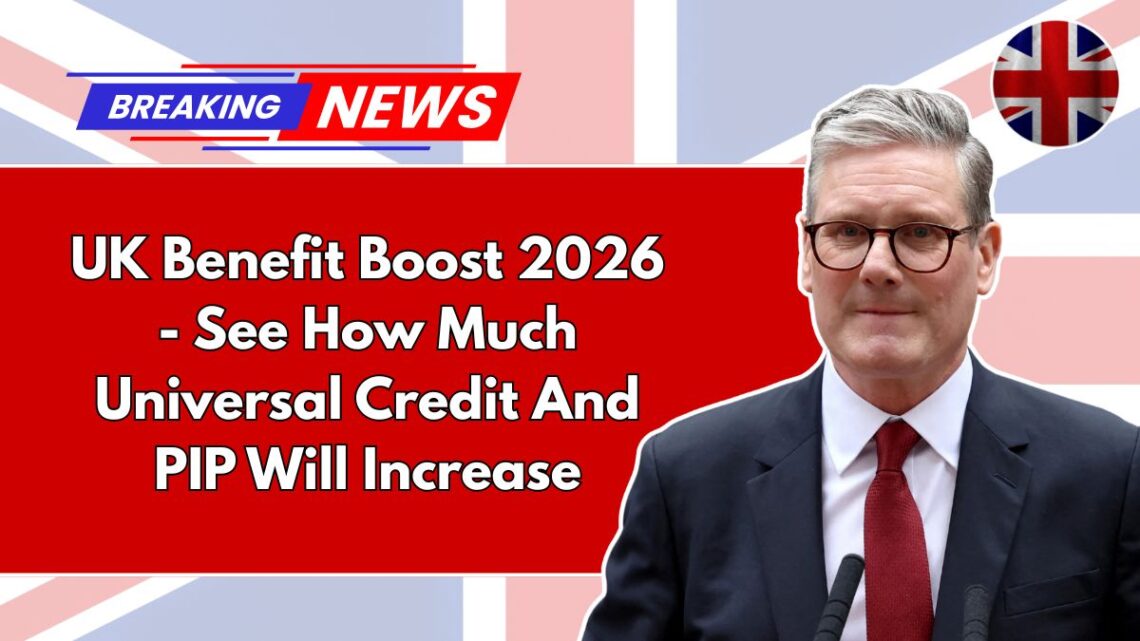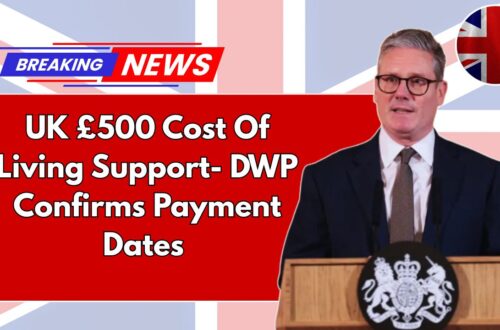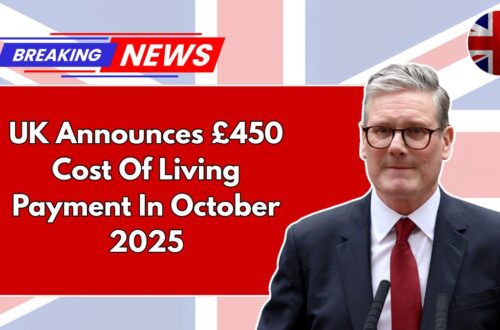Millions of people across the United Kingdom who receive government benefits will get higher payments from April 2026. These increases are meant to help families cope with the rising cost of living.
Payments like Universal Credit, Personal Independence Payment (PIP), Carer’s Allowance, and the State Pension will all see adjustments.
This increase comes after the government confirmed the September 2025 inflation rate, which is used to decide how much benefits will rise in the next financial year. It marks the first part of a four-year plan to give higher payments to low-income families who have struggled due to inflation and price increases.
What Is Changing
In previous years, benefits usually rose only by the September inflation rate. For instance, in 2024, inflation was just 1.7 percent, which led to very small increases in Universal Credit payments. Many experts said that this was not enough to support families facing high food, energy, and rent costs.
To fix this, the government introduced new rules under the Universal Credit Act, which became law in October 2025. The changes mean that for the next four years, Universal Credit payments will go up each year by inflation plus a small extra top-up.
However, not every payment will follow the same rule. While Universal Credit gets a boost, other benefits like Personal Independence Payment and Carer’s Allowance will only rise by the inflation rate.
The State Pension will still follow the triple-lock rule, meaning it increases by whichever is highest—average earnings growth, inflation, or 2.5 percent.
How Much More Will You Get
Here’s a simple summary of how benefit rates will change from April 2026.
| Benefit | Current Rate (2025) | New Rate (April 2026) | Change |
|---|---|---|---|
| Universal Credit (single, 25+) | £92 per week | £98 per week | +£6 |
| Universal Credit (couple, 25+) | £145 per week | £154 per week | +£9 |
| PIP (standard/enhanced) | Based on 2025 rate | +3.8% increase | Small rise |
| Carer’s Allowance | £81.90 per week | £83.30 per week | +£1.40 |
| State Pension | Varies by person | +4.8% increase | Around £500 more yearly |
For most Universal Credit claimants, this will be a 6.2 percent total rise, combining inflation (3.8 percent) with the new top-up of 2.3 percent.
However, there’s an important detail: from April 2026, new claimants who apply for the health element of Universal Credit will get less money. Their rate will be cut in half and frozen until at least 2030. Existing claimants may still receive the full amount.
PIP and Carer’s Allowance will only rise by inflation, which means smaller increases. Still, every little bit helps during tough times. Pensioners will benefit the most, as their State Pension will rise by 4.8 percent—thanks to strong wage growth during 2025.
Why These Increases Matter
These updates are meant to make life easier for millions of households. The cost of living has gone up sharply over the past few years, and many low-income families depend on benefits to cover essentials.
For those on Universal Credit, the new top-up offers some relief. But others, especially new disabled claimants, could face smaller payments. Carers will see a modest increase, while pensioners will get the biggest rise of all.
In short, these changes aim to balance government spending with real-life financial needs. It’s a mix of good and not-so-good news, depending on your situation.
The benefit increases in April 2026 show that the UK government is trying to help people manage rising prices and daily costs. Universal Credit and the State Pension will see the largest jumps, while PIP and Carer’s Allowance will rise only slightly.
Some claimants, especially those applying for the health element of Universal Credit, might not benefit as much as others. Still, for millions of people, even a small increase can make a big difference in paying bills and supporting their families.
FAQs
When will these benefit increases start?
All new rates take effect from April 2026, at the start of the new financial year.
Will every benefit rise by the same percentage?
No. Universal Credit gets an extra top-up, PIP and Carer’s Allowance follow inflation, and the State Pension rises by 4.8 percent.
Why is the health element of Universal Credit being cut?
The government plans to reduce costs and change how disability support is given, which means smaller payments for new claimants.








